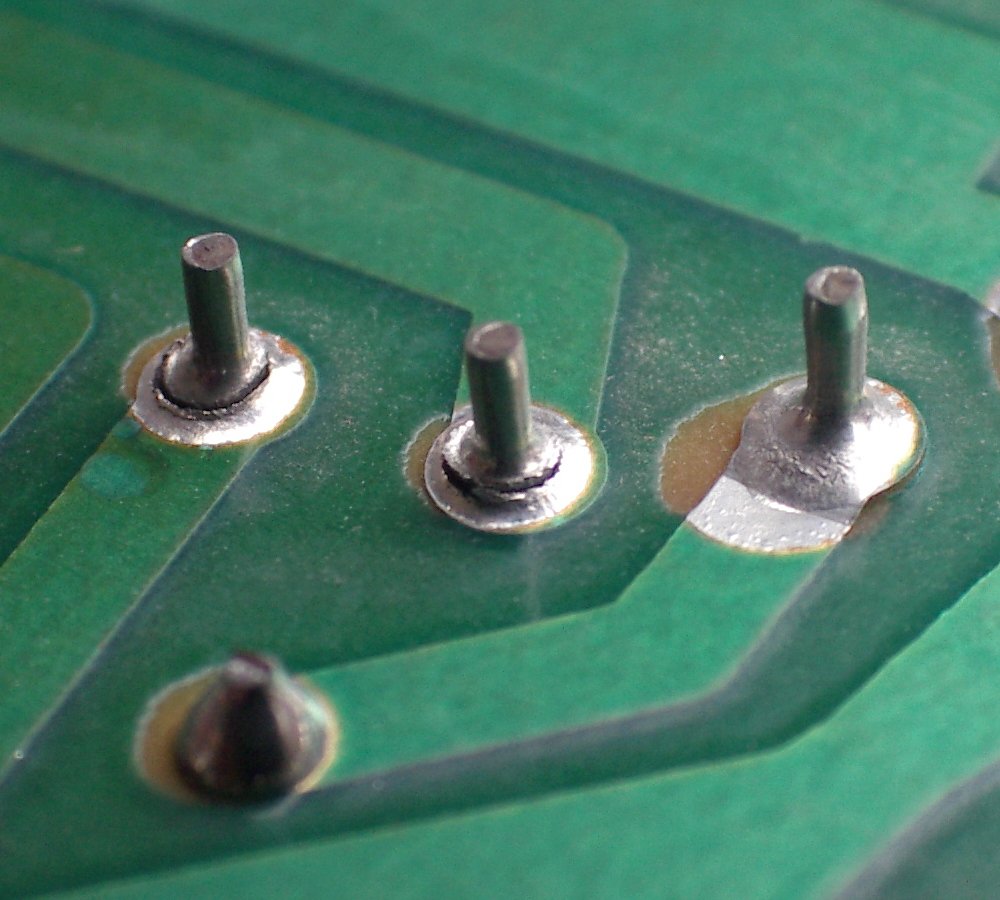Your current RMX2450 amplifier has three operating modes; stereo, parallel and bridge mono. Stereo mode is typical operation with two independent inputs and outputs. Parallel mode simply parallels the two inputs so that you can run the same signal to both channels without needing to use a 'Y' cable. Bridge mono mode 'bridges' the outputs of both channels to effectively create a higher output, single channel mono amplifier.
In this case there is no reason to run the amplifier in bridge mono mode and especially not to have all four speakers wired in parallel to the amp in bridge mode (that would be a net 2 Ohm load and the RMX2450 is not rated to drive a 2 Ohm load in bridge mono mode). Since your system is apparently mono it seems to make the most sense to run yopur amp in parallel mode with the two front speakers wired to one channel output and the two rear speakers wired to the other channel, that way you can independently adjust the volume of the front and rear speakers. On the rear panel of the RMX2450 that would be DIP switches 4 and 5 to the right and DIP switches 6 and 7 to the left.
For full range use that would then provide up to 650W per channel or 325W per speaker. Your speakers are rated at 175W Program, so they should be 350W peak. Since you are able to power the speakers close to their Peak rating you would want to be careful about running the system hard for long periods of time.
To compare that to the other options you noted:
A) A single EPQ304 (or similar) amp in mono mode with a single XLR input from the desk to all four outputs.
Could someone work out roughly how different this would be? By the sounds of things, it sounds like it could be too quiet.
You'd apparently need a 'Y' cable to split the signal to the two channel pairs, but with that then for full range audio use this option would provide maybe 30-35W per speaker and result in a maximum output about 10dB less as with the RMX2450 configuration noted above. A 10dB difference would be perceived as being about one half as loud.
B) Two stereo EPQ900 (or similar/less powerful [slightly]) amps in mono mode with XLR input into each with the output on each pair on both amps.
You'd apparently need a 'Y' cable to split the signal to the two amplifiers, but with that then for full range audio use this option would provide maybe 210W per speaker and result in a maximum output about 2dB less as with the RMX2450 configuration noted above, a likely not even or barely noticeable reduction in perceived loudness.
In this case there is no reason to run the amplifier in bridge mono mode and especially not to have all four speakers wired in parallel to the amp in bridge mode (that would be a net 2 Ohm load and the RMX2450 is not rated to drive a 2 Ohm load in bridge mono mode). Since your system is apparently mono it seems to make the most sense to run yopur amp in parallel mode with the two front speakers wired to one channel output and the two rear speakers wired to the other channel, that way you can independently adjust the volume of the front and rear speakers. On the rear panel of the RMX2450 that would be DIP switches 4 and 5 to the right and DIP switches 6 and 7 to the left.
For full range use that would then provide up to 650W per channel or 325W per speaker. Your speakers are rated at 175W Program, so they should be 350W peak. Since you are able to power the speakers close to their Peak rating you would want to be careful about running the system hard for long periods of time.
To compare that to the other options you noted:
A) A single EPQ304 (or similar) amp in mono mode with a single XLR input from the desk to all four outputs.
Could someone work out roughly how different this would be? By the sounds of things, it sounds like it could be too quiet.
You'd apparently need a 'Y' cable to split the signal to the two channel pairs, but with that then for full range audio use this option would provide maybe 30-35W per speaker and result in a maximum output about 10dB less as with the RMX2450 configuration noted above. A 10dB difference would be perceived as being about one half as loud.
B) Two stereo EPQ900 (or similar/less powerful [slightly]) amps in mono mode with XLR input into each with the output on each pair on both amps.
You'd apparently need a 'Y' cable to split the signal to the two amplifiers, but with that then for full range audio use this option would provide maybe 210W per speaker and result in a maximum output about 2dB less as with the RMX2450 configuration noted above, a likely not even or barely noticeable reduction in perceived loudness.




